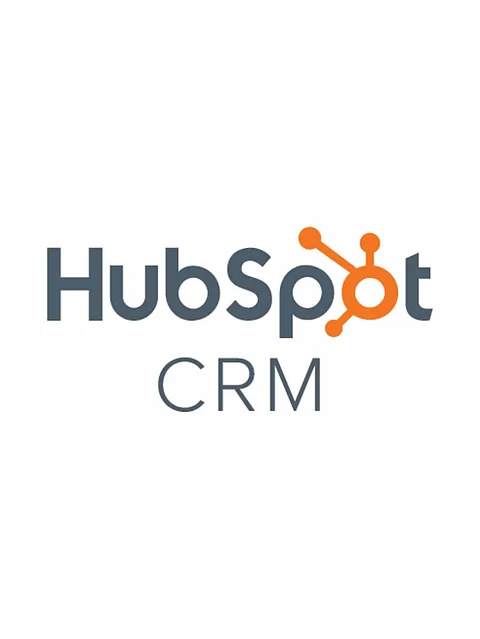

Transferring information from HubSpot to Salesforce can bring about changes for companies aiming to improve their customer relationship management practices. Knowing how to prepare for this transition guarantees a shift and optimizes the benefits offered by both systems.
This guide delves into important factors and procedures required HubSpot to Salesforce migration and operational workflows between these highly effective platforms.
Effectively transitioning from one system to another starts with planning and groundwork. The first step is to review the existing data and decide what information should be moved over. Because companies usually have a range of data spread across sections, like contacts and agreements, it's crucial to pinpoint which data supports the company's objectives to make the transition smoother.
It is important to grasp the distinctions between HubSpot and Salesforce to be well-prepared for the task at hand. Each platform boasts characteristics and setups that could impact the way data is structured and handled after transitioning. Businesses ought to acquaint themselves with these distinctions to prevent inconsistencies and guarantee a safe data merging process.
Formulating a migration plan eases the shift by establishing goals and timelines for every stage of the procedure. Organizations must determine whether they will handle the transition internally or seek support from professionals. Internal teams may be familiar with data frameworks; however, external specialists offer unique expertise and resources that can accelerate the process.
Establishing connections between data fields in HubSpot and Salesforce represents a stage in the process. As these two systems possess field titles and characteristics, drafting a mapping record is essential to maintain the integrity and precision of data. This record acts as a guide for the team and aids in avoiding any data discrepancies or redundancies.
At the start of the process execution phase, it is crucial to maintain communication within the team at all times. Working together ensures that everyone is up-to-date and in sync with the migration strategy. By testing out the migration plan on a scale before going throttle, companies can pinpoint any possible issues early on and address them promptly. This test run helps reduce risks and lays down a base for a transition.
Throughout the process of running a task or operation efficiently, it is important to monitor how information is being transferred to catch any discrepancies or mistakes that may occur. By checking and confirming the accuracy and completeness of the data that has been moved, we can ensure that it stays reliable. If any problems do happen to arise, having a backup strategy prepared will help address them and avoid interruptions.
After the migration process is finished, it becomes essential to focus on migration tasks that are crucial for the success of the transition phase. These tasks involve examining the migrated data to confirm its accuracy and completeness. Businesses must ensure that all vital information has been successfully moved over and that the operational features remain functional as intended.
Teaching the team about the system is another step in our transition process. Ensuring that all staff members are comfortable with the Salesforce interface and functions will help them seamlessly integrate into their tasks. Providing training sessions gives team members the confidence to use the platform features.
Here are a few pointers to make the migration smoother. Having timelines in place is key to keeping everyone on track and reducing stress on the team members. It's also important to allow time for each phase of the migration to avoid making hasty decisions that might result in mistakes.
Furthermore, keeping communication channels transparent between all parties helps ensure that everyone is well-informed and actively involved in the proceedings. Consistent updates and feedback gatherings promote teamwork and assist in addressing any issues. Lastly, giving importance to the quality of data during the transition phase guarantees that the end system runs effectively and aligns with business goals.
Transitioning from HubSpot to Salesforce offers companies a chance to enhance their customer relationship management approaches. Through preparation and strategic planning followed by execution of the migration process, businesses can guarantee a smooth shift. Emphasizing migration tasks and incorporating industry best practices can elevate the overall migration journey. In the end, a successful migration unleashes Salesforce's capabilities, empowering businesses to propel growth and achieve prosperity.
